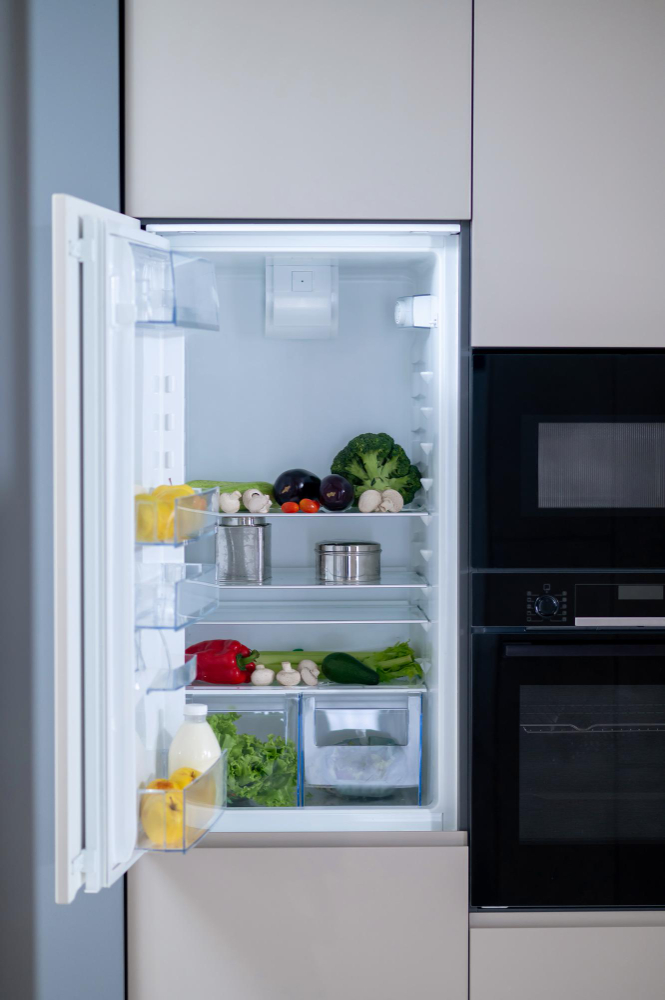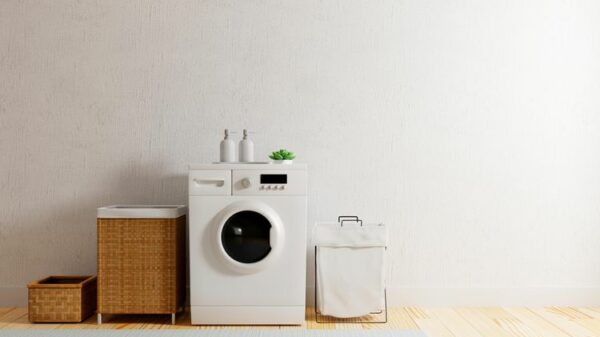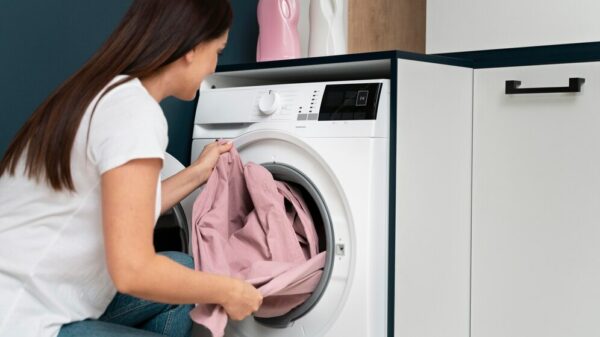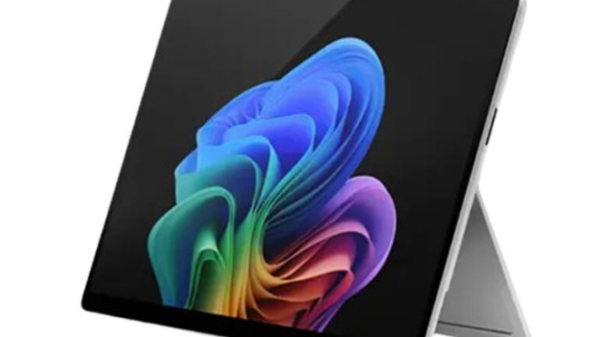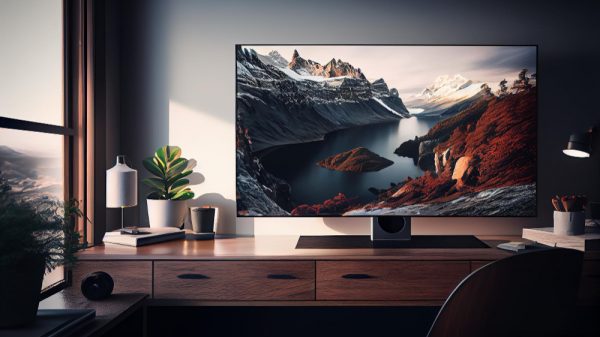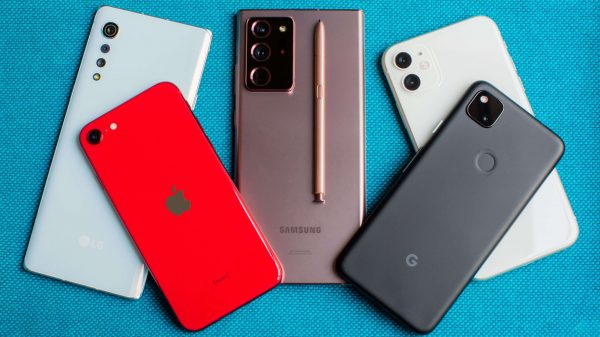Outline & Content:
1. Introduction: Why Storing Fruits and Vegetables Properly Matters in Summer in Bangladesh
During the hot summer months in Bangladesh, the rising temperatures can cause fruits and vegetables to spoil quickly. Storing them properly in your fridge helps retain their freshness, nutritional value, and texture. Whether you’re dealing with tropical fruits or leafy greens, these tips will guide you through the best methods for fridge storage in hot weather.
2. Understanding the Importance of Proper Fridge Storage
Improper storage can lead to wilting, rotting, or a rapid loss of nutrients. Storing fruits and vegetables the right way in your fridge will extend their shelf life and reduce food waste. Here’s how to do it:
- Prevent Spoilage: The key to preserving fruits and vegetables is controlling moisture and temperature, both of which can speed up spoilage if not managed properly.
- Retain Nutrients: Fresh produce retains more vitamins and minerals when stored correctly.
- Maintain Freshness: Proper storage ensures your fruits and vegetables stay crisp and flavorful for longer periods.
3. Fridge Storage Tips for Fruits and Vegetables During Summer
1. Use the Right Temperature for Your Fridge
- Fridge Temperature for Summer: The ideal fridge temperature for preserving fruits and vegetables is between 2°C and 5°C. Make sure your fridge is set to the right level, as this range ensures freshness without freezing your produce.
- Tip: Keep a fridge thermometer to ensure the temperature is consistent, especially during summer power fluctuations.
2. Separate Ethylene-Producing Fruits from Vegetables
- What Is Ethylene?: Certain fruits, such as apples, bananas, and tomatoes, produce ethylene gas, which accelerates the ripening process. Storing ethylene-producing fruits near vegetables can cause premature spoilage.
- Tip: Store ethylene-producing fruits in separate drawers or containers away from vegetables like cucumbers, leafy greens, and carrots.
3. Keep Fruits and Vegetables in Proper Drawers
- Crisper Drawer: The crisper drawer in your fridge is designed to retain moisture and help preserve the freshness of vegetables. Use it to store leafy greens, carrots, and other vegetables.
- Fruit Storage: Some fruits, like apples and citrus, do well in the fridge’s fruit compartment, which is often located separately from vegetables.
- Tip: Avoid overstuffing the drawers to allow proper air circulation.
4. Proper Packaging for Longevity
- Wrap Your Produce: To retain moisture without creating excess condensation, wrap certain fruits and vegetables in paper towels or place them in perforated plastic bags.
- Tip: For leafy greens, use a damp cloth or paper towel to wrap them, and store them in a plastic container. This prevents them from wilting.
5. Refrigerating Specific Fruits and Vegetables
- Best Practices for Storing Vegetables:
- Leafy Greens: Wrap in a damp towel and store in an airtight container or plastic bag.
- Carrots: Store in a container with a lid or in a plastic bag to keep them fresh.
- Cucumbers: Keep them in a breathable plastic bag to maintain freshness.
- Best Practices for Storing Fruits:
- Berries: Store berries in a shallow container lined with paper towels to prevent moisture buildup.
- Citrus Fruits: These can be kept in the fridge’s crisper drawer to keep them fresh for longer.
- Bananas: Ideally, bananas should be stored at room temperature until they ripen. Once ripe, store them in the fridge to extend their shelf life.
4. Common Mistakes to Avoid When Storing Fruits and Vegetables in Summer
1. Storing Warm Produce
Storing fruits and vegetables while they’re still warm from the market or harvest can cause them to sweat, creating excess moisture that leads to mold and rapid decay.
- Tip: Let produce cool down to room temperature before refrigerating.
2. Overcrowding Your Fridge
When your fridge is too full, it restricts airflow and can cause uneven cooling, leading to faster spoilage.
- Tip: Arrange your fridge so there’s enough space between produce for air circulation.
3. Storing Produce in Plastic Bags Without Ventilation
Sealing fruits and vegetables in non-ventilated plastic bags can trap moisture, causing them to rot quickly.
- Tip: Always choose perforated bags or leave the bag slightly open to allow airflow.
5. User Reviews and Opinions
“I used to have a lot of vegetables going bad during the summer, but after learning the right way to store them in the fridge, they last so much longer. The crisper drawers are my secret!” – Rina, Dhaka
“I store my leafy greens wrapped in paper towels, and it really keeps them fresh for days. It’s a game changer in this humid weather!” – Faisal, Chittagong
FAQs
Q: Can I store all fruits and vegetables in the fridge?
A: No, some fruits like bananas, avocados, and tomatoes should be stored at room temperature. Only refrigerate them once they’re ripe.
Q: How long can fruits and vegetables last in the fridge during the summer?
A: When stored properly, most fruits and vegetables can last for 5-7 days, though certain items like berries may last up to 10 days.
Q: Should I wash fruits and vegetables before storing them in the fridge?
A: It’s best to wash fruits and vegetables just before using them, not before storing them, to avoid excess moisture that can cause mold.
Call to Action (CTA)
Keep your fruits and vegetables fresh and delicious throughout the summer with the right fridge storage techniques. Explore the best refrigerators in Bangladesh for storing produce efficiently. Visit Pickaboo to find energy-efficient models with optimal storage solutions for your home!
🛒 Browse the Latest Fridges for Perfect Fruit and Vegetable Storage Now!

